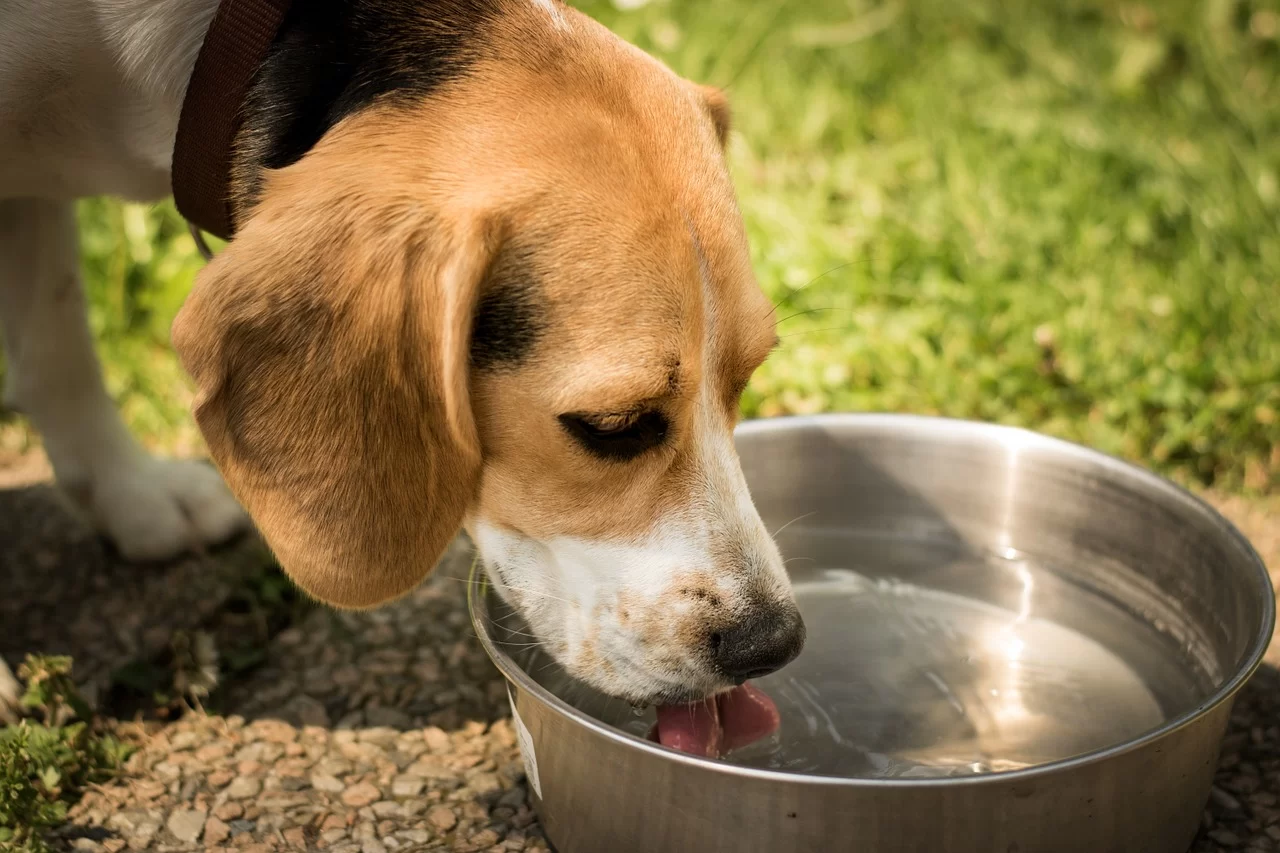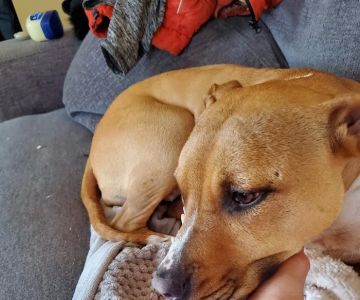How to Recognize Pet Dehydration and Treat It – Expert Guide
- 1. Understanding Dehydration in Pets
- 2. Common Signs of Dehydration in Pets
- 3. How to Treat Dehydration in Pets
- 4. Preventing Dehydration in Pets
- 5. When to Seek Veterinary Help for Dehydration
1. Understanding Dehydration in Pets
Dehydration is a serious condition that can affect pets just like it does humans. It occurs when pets lose more fluids than they take in, leading to an imbalance of electrolytes in their bodies. Pets are particularly at risk of dehydration during hot weather, after exercise, or when they’re ill.
Why Dehydration Happens
Pets lose water through urination, panting, and even sweating in some species. When they are unable to replenish lost fluids, dehydration sets in. Certain conditions, such as diarrhea, vomiting, or a lack of appetite, can further exacerbate the problem, causing pets to lose more fluids than normal.
2. Common Signs of Dehydration in Pets
Recognizing the signs of dehydration in pets early can make a significant difference in how effectively it’s treated. Here are some of the most common symptoms to watch out for:
Dry or Sticky Gums
One of the first signs of dehydration in pets is dry or sticky gums. If your pet’s gums are not moist or feel sticky to the touch, dehydration could be the culprit.
Sunken Eyes
When a pet is dehydrated, its eyes may appear sunken and dull. This is a sign that their body is losing moisture and not able to hydrate properly.
Loss of Skin Elasticity
To test your pet’s hydration level, gently pinch the skin on the back of their neck or between their shoulder blades. In a well-hydrated pet, the skin will quickly return to its normal position. In a dehydrated pet, the skin will remain tented for a few seconds.
Excessive Panting or Lethargy
Pets that are dehydrated may pant excessively or seem unusually tired. If your dog or cat appears lethargic or is breathing heavily, it’s important to take action.
3. How to Treat Dehydration in Pets
Once you recognize the signs of dehydration, it’s crucial to act quickly to restore your pet’s fluid balance. Here’s what you can do:
Offer Water Regularly
First and foremost, encourage your pet to drink water. If they’re unwilling, try offering small amounts of water frequently throughout the day. For cats and dogs that are reluctant to drink, you can use a syringe or dropper to administer water directly into their mouth.
Electrolyte Solutions
For more severe cases of dehydration, an electrolyte solution may be necessary. These solutions, which are designed to restore electrolytes in addition to fluids, are available at pet stores or from your veterinarian. Make sure to follow your vet’s instructions carefully when using these solutions.
Offer Wet Food
If your pet is refusing water, offering wet food can help increase their fluid intake. Wet food contains a higher moisture content, which can help hydrate them. For dogs, you can mix water into their dry food to make it more palatable.
Monitor Your Pet's Condition
Monitor your pet closely after offering fluids to ensure they are starting to improve. If you see no improvement or their condition worsens, seek professional help immediately.
4. Preventing Dehydration in Pets
Prevention is always better than cure. Here are some steps to keep your pet hydrated and prevent dehydration from occurring:
Always Provide Fresh Water
Ensure that your pet always has access to fresh water. Pets, especially dogs and cats, need to drink water throughout the day to stay healthy. Make sure their water bowl is clean and filled regularly.
Avoid Overexertion in Hot Weather
Avoid walking or playing with your pet during the hottest parts of the day. If your pet is active, make sure they have plenty of water breaks, especially during exercise in warm temperatures.
Monitor Your Pet’s Health
Keep an eye on your pet’s health, especially if they have existing conditions that might increase their risk of dehydration. Pets with kidney disease, diabetes, or other illnesses are at higher risk and may need additional care and attention.
5. When to Seek Veterinary Help for Dehydration
While minor dehydration can often be treated at home, it’s important to seek professional help if your pet’s condition doesn’t improve or if they show signs of severe dehydration. If your pet exhibits any of the following symptoms, you should contact a veterinarian:
Severe Lethargy or Unresponsiveness
If your pet becomes extremely lethargic or unresponsive to stimuli, it may be a sign that they are in critical condition and need urgent medical attention.
Persistent Vomiting or Diarrhea
If dehydration is caused by ongoing vomiting or diarrhea, it can be difficult for your pet to rehydrate properly on their own. A veterinarian can administer IV fluids to stabilize your pet.
Refusal to Drink or Eat
If your pet refuses to drink water or eat food for more than 24 hours, you should reach out to a veterinarian. Persistent refusal can lead to a dangerous drop in hydration levels.
Dehydration can be a serious health issue for pets, but with prompt treatment and proper care, most pets recover fully. For more information on keeping your pet healthy or to schedule a checkup, visit Hidden Brook Veterinary. Click here to learn more about our services and how we can help your pet stay hydrated and healthy.
Related Articles

Dec 23, 2025

Dec 23, 2025

Dec 22, 2025
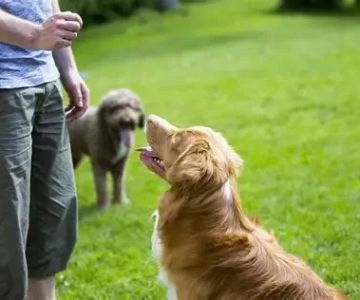
Dec 22, 2025
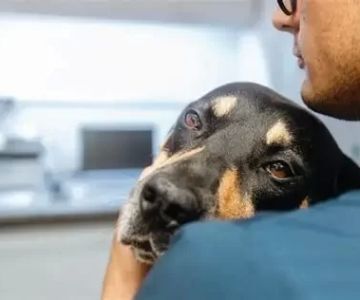
Dec 22, 2025
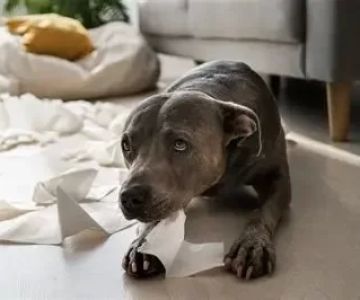
Dec 22, 2025
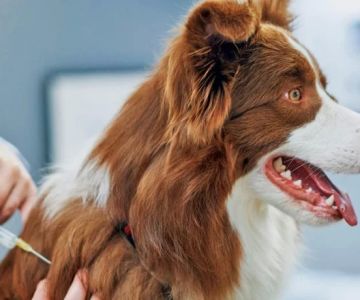
Dec 21, 2025
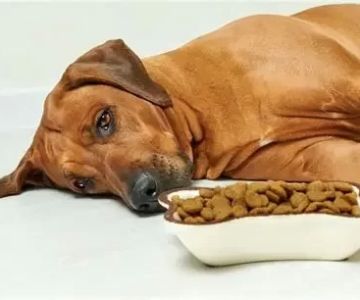
Dec 21, 2025
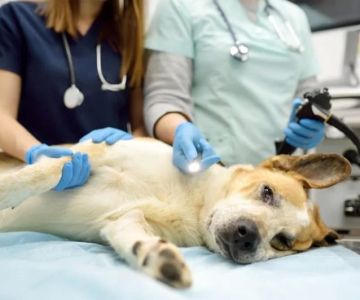
Dec 19, 2025
Subscribe to Our Newsletter
Get weekly pet care tips, vet-approved advice, and updates on nearby pet stores and clinics.

